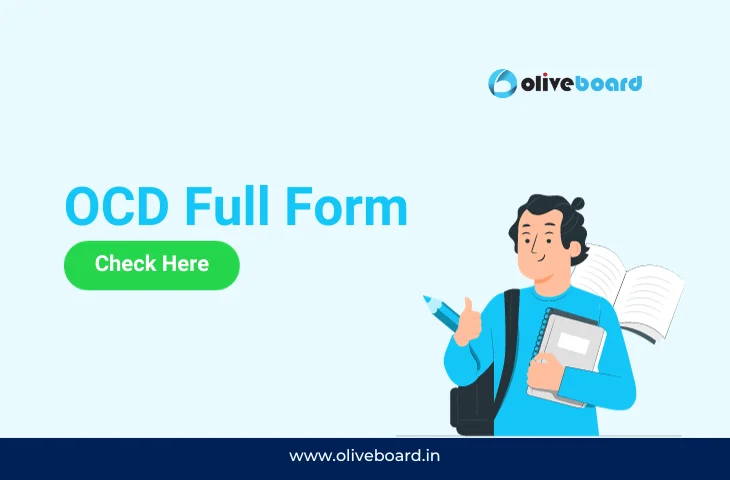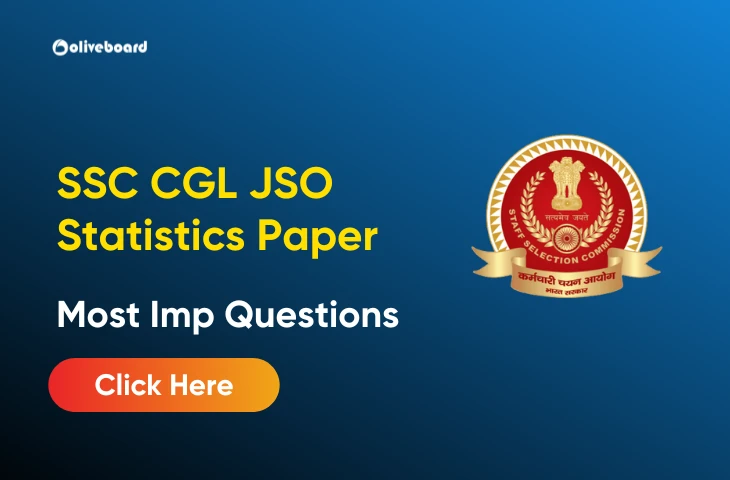OCD Full Form
OCD stands for “Obsessive-Compulsive Disorder”. Obsessive-Compulsive Disorder is a mental health condition that falls under the category of anxiety disorders. Individuals with OCD experience persistent, unwanted thoughts or images that cause significant anxiety, and to alleviate this anxiety, they engage in repetitive behaviors or mental rituals. In this article, we will delve into the full form of OCD, its symptoms, causes, and available treatments.
OCD Full Form in Hindi
OCD का मतलब “जुनूनी-बाध्यकारी विकार” है। जुनूनी-बाध्यकारी विकार एक मानसिक स्वास्थ्य स्थिति है जो चिंता विकारों की श्रेणी में आती है। ओसीडी वाले व्यक्ति लगातार, अवांछित विचारों या छवियों का अनुभव करते हैं जो महत्वपूर्ण चिंता का कारण बनते हैं, और इस चिंता को कम करने के लिए, वे दोहराए जाने वाले व्यवहार या मानसिक अनुष्ठानों में संलग्न होते हैं।
Key Features of OCD
- Obsessions: These are intrusive and unwanted thoughts, images, or urges that cause significant distress. Common obsessions include fears of contamination, fears of harm to oneself or others, and concerns about symmetry or order.
- Compulsions: Compulsions are repetitive behaviors or mental acts that an individual feels driven to perform in response to an obsession or according to rigid rules. Common compulsions include excessive handwashing, checking, counting, and repeating specific actions.
- Cycle of Anxiety: The obsessions and compulsions create a cycle of anxiety for individuals with OCD. The compulsive behaviors provide temporary relief, but the anxiety returns, leading to a cycle of repetitive actions.
- Interference with Daily Life: OCD can significantly interfere with daily functioning. The time and mental energy spent on obsessions and compulsions can disrupt work, relationships, and overall quality of life.
Causes and Risk Factors
- Biological Factors: Research suggests that there may be a genetic component to OCD. Individuals with a family history of OCD or related disorders may be at a higher risk.
- Brain Structure and Function: Differences in the brain’s structure and function, particularly in areas related to decision-making and fear response, may contribute to the development of OCD.
- Environmental Factors: Traumatic events, life transitions, or high levels of stress can contribute to the onset or exacerbation of OCD symptoms.
- Neurotransmitters: Imbalances in certain neurotransmitters, such as serotonin, may play a role in the development of OCD. Medications that affect neurotransmitter levels are often used in the treatment of OCD.
Symptoms of OCD
- Contamination Obsessions and Cleaning Compulsions: Fear of germs or contamination may lead to excessive handwashing or cleaning rituals.
- Checking: Individuals may repeatedly check things, such as whether doors are locked or appliances are turned off, to alleviate anxiety.
- Symmetry and Order: Some individuals may have obsessions related to symmetry or order, leading to repetitive behaviors like arranging objects in a specific way.
- Hoarding: Persistent difficulty discarding possessions, regardless of their actual value, is a symptom of OCD. This can lead to compulsive hoarding.
- Intrusive Thoughts: Disturbing and unwanted thoughts, often of a violent or aggressive nature, can be distressing for individuals with OCD.
Treatment for OCD
- Cognitive-Behavioral Therapy (CBT): CBT, particularly a type called Exposure and Response Prevention (ERP), is a widely used and effective therapeutic approach for OCD. It involves exposing individuals to thoughts, images, or situations that trigger anxiety and preventing the associated compulsive behaviors.
- Medications: Selective serotonin reuptake inhibitors (SSRIs) are commonly prescribed to alleviate symptoms of OCD. These medications affect neurotransmitter levels in the brain.
- Combination Therapy: In many cases, a combination of CBT and medication is the most effective approach to managing OCD.
- Support Groups: Support groups provide individuals with OCD an opportunity to share experiences, coping strategies, and encouragement.
- Lifestyle Changes: Incorporating stress-reducing activities such as exercise, mindfulness, and sufficient sleep can complement therapeutic interventions for OCD.
Challenges and Misconceptions
- Stigma: Individuals with OCD may face stigma or misunderstanding about the nature of their condition. Increased awareness and education are crucial in reducing stigma and promoting understanding.
- Self-Stigma: Some individuals with OCD may internalize negative beliefs about themselves due to their symptoms. This self-stigma can be a barrier to seeking help.
- Delayed Diagnosis: Many individuals with OCD experience a delay in receiving a diagnosis and appropriate treatment. Increased awareness among healthcare professionals can contribute to earlier intervention.
Conclusion – OCD Full Form
In conclusion, Obsessive-Compulsive Disorder (OCD) is a complex mental health condition characterized by persistent thoughts and repetitive behaviors that can significantly impact an individual’s life. Recognizing the signs of OCD, understanding its causes, and seeking appropriate treatment are crucial steps in managing this disorder. With effective interventions such as cognitive-behavioral therapy and medication, individuals with OCD can lead fulfilling lives and manage the challenges posed by this condition. Increased awareness and destigmatization efforts are essential in fostering a supportive environment for individuals living with OCD.
- Government Jobs After Graduation In India, Check Details
- Important Topics for ECGC PO Exam 2025-26, Descriptive Test
- NABARD Grade A Question Papers, Section-Wise PYPs, Download PDFs
- ECGC PO Exam Analysis 2025–26, Difficulty, Good Attempts & Trends
- SSC CGL Tier 2 Shift Timing 2025, Exam, DEST Schedule
- SSC CGL JSO Statistics Paper, Most Imp Questions & Topic Weightage
OCD Full Form – FAQs
Ans. OCD stands for “Obsessive-Compulsive Disorder”.
Ans. OCD का मतलब “जुनूनी-बाध्यकारी विकार” है।

Hello, I’m Aditi, the creative mind behind the words at Oliveboard. As a content writer specializing in state-level exams, my mission is to unravel the complexities of exam information, ensuring aspiring candidates find clarity and confidence. Having walked the path of an aspirant myself, I bring a unique perspective to my work, crafting accessible content on Exam Notifications, Admit Cards, and Results.
At Oliveboard, I play a crucial role in empowering candidates throughout their exam journey. My dedication lies in making the seemingly daunting process not only understandable but also rewarding. Join me as I break down barriers in exam preparation, providing timely insights and valuable resources. Let’s navigate the path to success together, one well-informed step at a time.






